Hardy Hydrangea Varieties That Will Bloom All Summer
Hardy Hydrangea Varieties That Will Bloom All Summer
Hydrangeas are some of the most popular flowering shrubs in the world, and for good reason. They come in a wide variety of colors, shapes, and sizes, and they can add a touch of elegance to any garden. But not all hydrangeas are created equal. Some varieties are only hardy in warm climates, while others will bloom for only a short period of time. If you're looking for a hydrangea that will bloom all summer long, you'll need to choose a hardy variety.
Here are a few of the most popular hardy hydrangea varieties that will bloom all summer long:
- Endless Summer®: This variety is a rebloomer, which means it will produce flowers on new growth throughout the summer. The flowers can be blue, pink, or white, depending on the pH of the soil. Endless Summer® hydrangeas are hardy in zones 3-9.
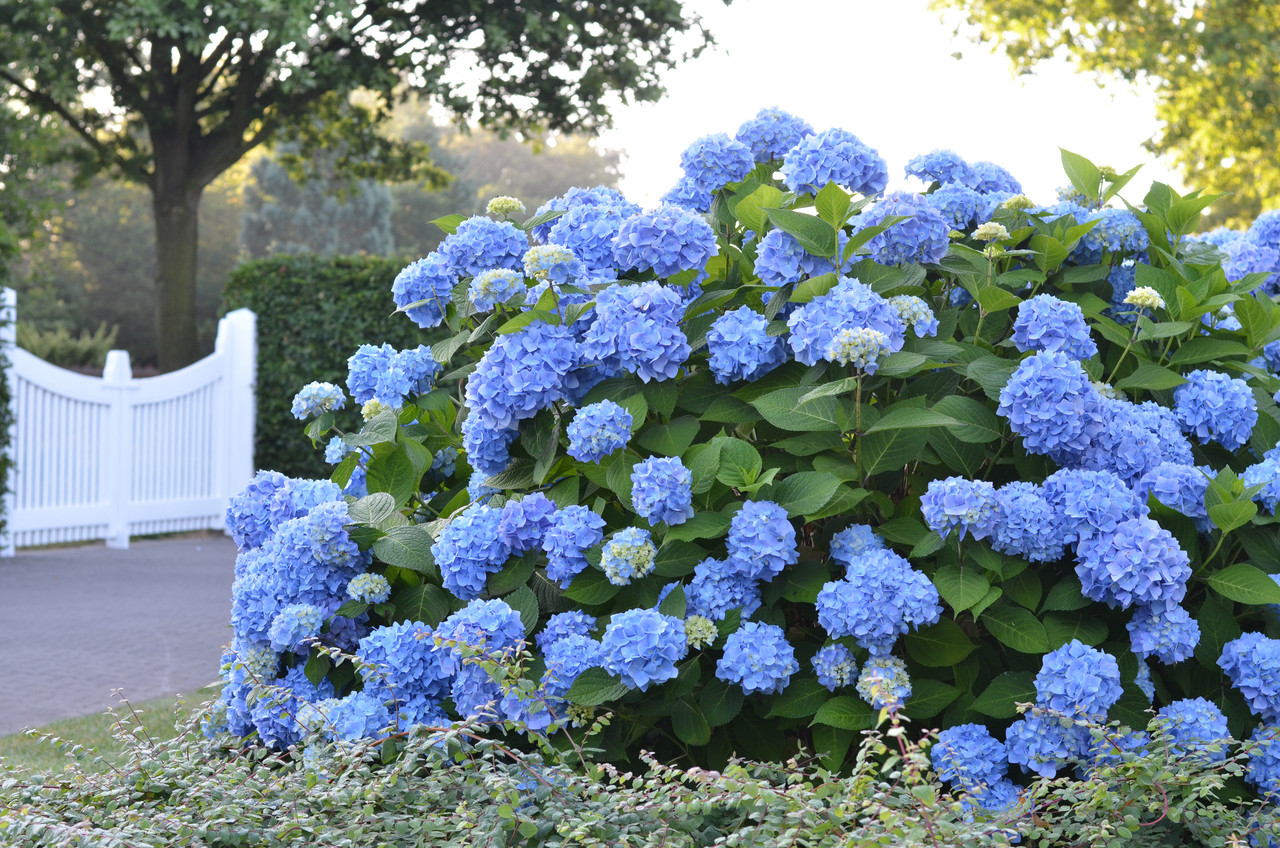
- Annabelle: This variety is a large, white hydrangea with lacecap blooms. It's a popular choice for cottage gardens and informal landscaping. Annabelle hydrangeas are hardy in zones 3-8.
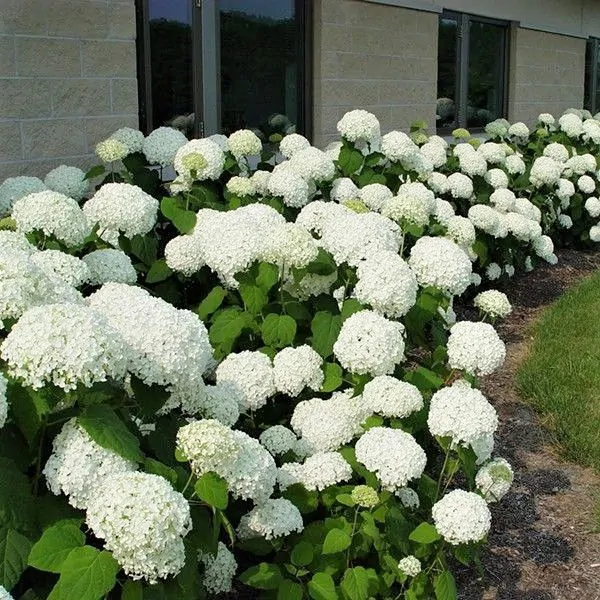
- Incrediball: This variety is a large, ball-shaped hydrangea with blue or pink flowers. It's a fast grower and can reach up to 6 feet tall. Incrediball hydrangeas are hardy in zones 3-9.
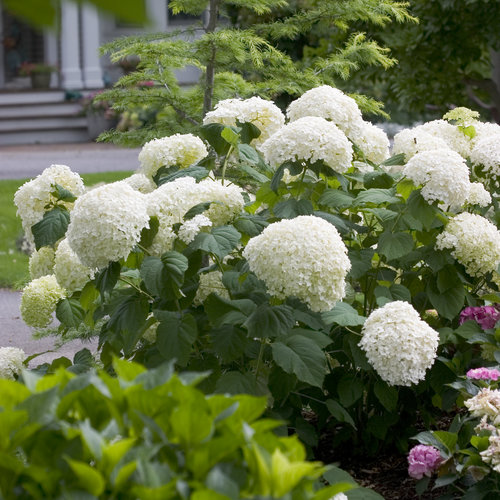
- Limelight: This variety is a panicle hydrangea with large, white flowers that turn pink as they age. It's a vigorous grower and can reach up to 8 feet tall. Limelight hydrangeas are hardy in zones 3-9.
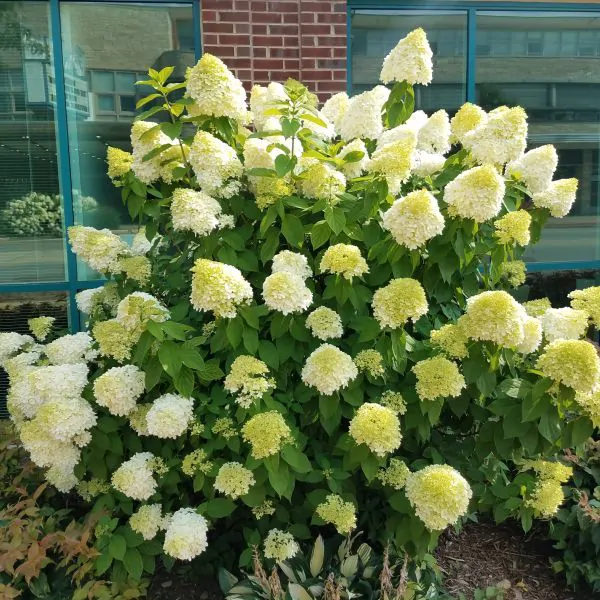
- Little Lime: This variety is a dwarf panicle hydrangea with small, white flowers. It only grows to 3 feet tall, making it a good choice for small gardens or containers. Little Lime hydrangeas are hardy in zones 3-9.
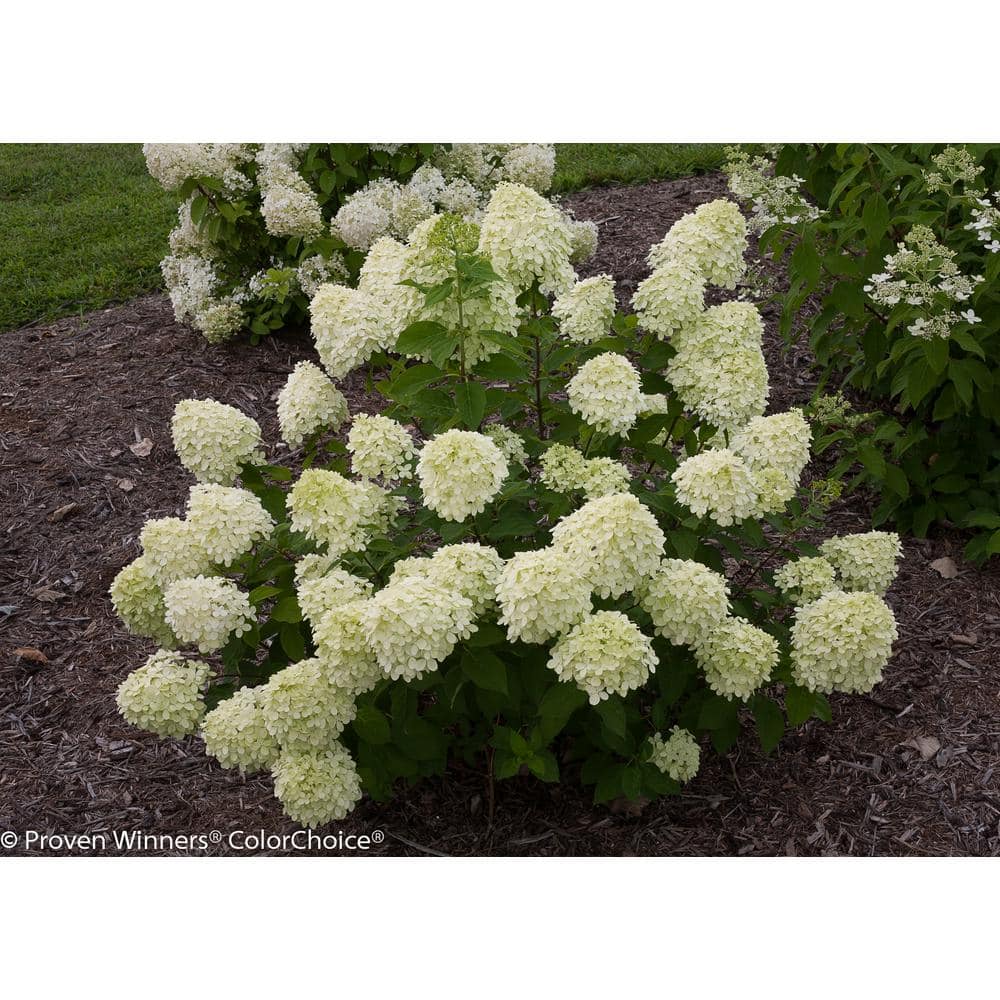
These are just a few of the many hardy hydrangea varieties that will bloom all summer long. When choosing a hydrangea for your garden, be sure to consider the size, color, and hardiness of the variety. You should also consider the amount of sunlight and water the hydrangea will need.
With a little planning, you can choose a hardy hydrangea that will add beauty and color to your garden all summer long.
Hydrangeas are beautiful flowering shrubs that can add a touch of elegance to any garden. However, not all hydrangeas are created equal. Some varieties are more hardy than others and can withstand a wider range of climates. If you're looking for a hardy hydrangea variety, I recommend visiting . This website has a wealth of information on hardy hydrangeas, including plant descriptions, growing tips, and care instructions.
Here are a few of the hardy hydrangea varieties that you can find on :
- Hydrangea paniculata is a popular choice for its large, cone-shaped flowers that bloom in late summer. It is hardy in USDA zones 3-9 and can tolerate a wide range of soils.
- Hydrangea arborescens is another hardy variety that is known for its large, white flowers. It is hardy in USDA zones 3-9 and is relatively easy to care for.
- Hydrangea quercifolia is a unique variety that has oak-shaped leaves and blue or pink flowers. It is hardy in USDA zones 4-9 and prefers moist, well-drained soil.

No matter what your climate or gardening style, you're sure to find a hardy hydrangea variety that's perfect for you on . So what are you waiting for? Visit the website today and start planning your hydrangea garden!
FAQ of hardy hydrangea varieties
- What are the most hardy hydrangea varieties?
The most hardy hydrangea varieties are panicle hydrangeas. They can tolerate cold temperatures down to USDA Zone 3, making them a good choice for colder climates. Other hardy hydrangea varieties include oakleaf hydrangeas, smooth hydrangeas, and mountain hydrangeas.
- What are the best growing conditions for hydrangeas?
Hydrangeas do best in moist, well-drained soil and dappled shade. They should be planted in an area that receives at least 6 hours of sunlight per day, but not direct sunlight all day long. The soil should be slightly acidic, with a pH of 5.5 to 6.5.
- How do I care for hardy hydrangeas?
Hardy hydrangeas are relatively low-maintenance plants. They need to be watered regularly, especially during hot, dry weather. They should also be fertilized in the spring with a balanced fertilizer. In the fall, the leaves should be removed and the plant should be mulched to protect the roots from the cold.
- How do I deadhead hydrangeas?
Deadheading hydrangeas is important to encourage new blooms. To deadhead hydrangeas, simply remove the spent blooms by cutting them back to the next set of leaves. You can deadhead hydrangeas at any time of year, but it is best to do it in the fall or winter.
- How do I overwinter hydrangeas?
Hardy hydrangeas do not need to be overwintered in most climates. However, if you live in an area with very cold winters, you may need to take some steps to protect your hydrangeas from the cold. You can do this by covering the plant with a burlap sack or other protective material. You may also need to mound soil around the base of the plant to help insulate it.
Image of hardy hydrangea varieties
- Hydrangea paniculata is a hardy hydrangea variety that is known for its large, cone-shaped blooms. It can grow in USDA hardiness zones 3-9 and prefers full sun to partial shade.
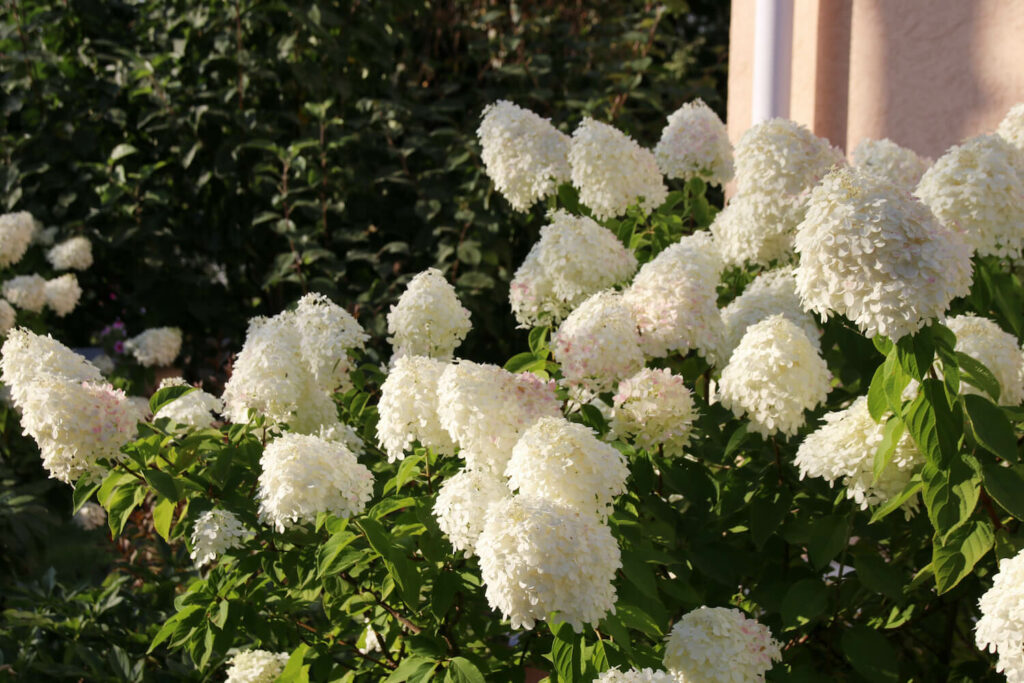
- Hydrangea arborescens is another hardy hydrangea variety that is known for its large, lacecap blooms. It can grow in USDA hardiness zones 3-9 and prefers full sun to partial shade.

- Hydrangea quercifolia is a hardy hydrangea variety that is known for its oak-shaped leaves and blue or pink blooms. It can grow in USDA hardiness zones 5-9 and prefers partial shade to full shade.
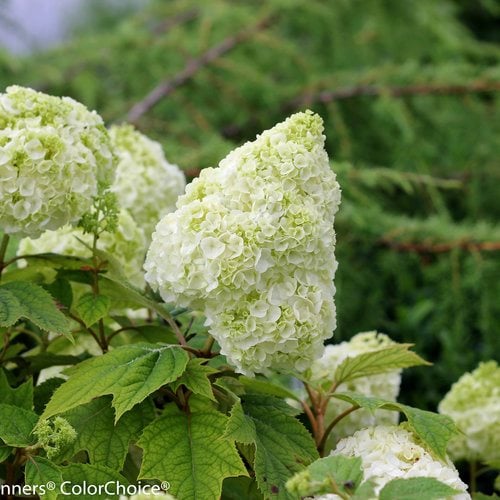
- Hydrangea macrophylla is a hardy hydrangea variety that is known for its large, mophead blooms. It can grow in USDA hardiness zones 5-9 and prefers full sun to partial shade.
- Hydrangea serrata is a hardy hydrangea variety that is known for its small, lacecap blooms. It can grow in USDA hardiness zones 4-8 and prefers partial shade to full shade.

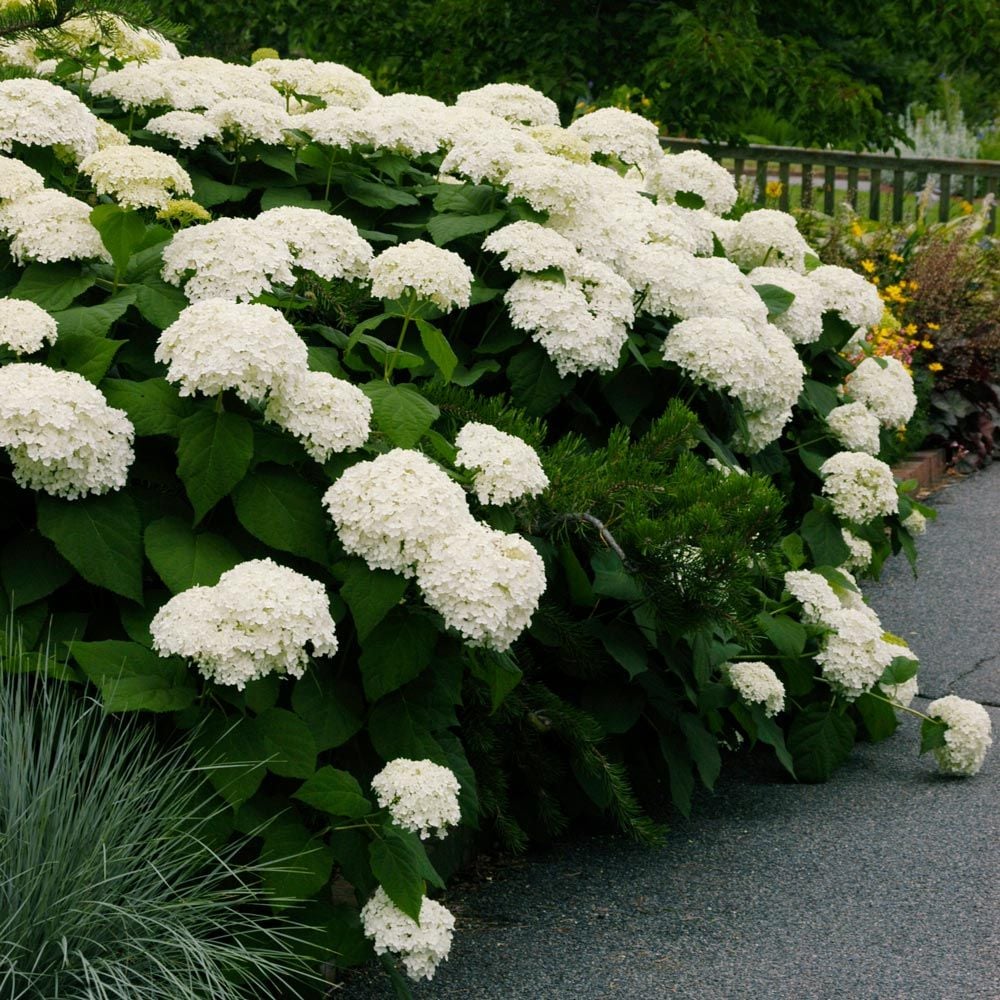
Post a Comment for " Hardy Hydrangea Varieties That Will Bloom All Summer"